3 simple steps to leash training from Saro, Owner of Saro Dog Training!
One of the most popular complaints about beloved furry family members is pulling on the leash. Have you avoided going for a walk because you just imagined how frustrating and embarrassing it is to be dragged along by your dog? Does every relaxing stroll through the neighborhood end with you yelling or tugging at the leash? I am sure you have seen people with the perfect dog that stays next to the owner with slack in the leash. How do they do it?! Saro, a professional dog trainer knows just what to do. Here is summarized an interview with Saro and the information he has seen work over and over again with clients.
Does every relaxing stroll through the neighborhood end with you yelling or tugging at the leash?
Pulling on the leash is instinctive to the animal. This is a dog living in a human’s world, and pulling on the leash is dog behavior for a dog world, Saro says, and it represents a lack of communication between the owner and the dog. Our dogs have been bred and trained to listen to the owner and to crave direction. They want to be told what to do and how to behave in this human world. They are a stranger in a strange world, and we must help teach them the appropriate manners.
Step 1: Get your energy in check
Your energy is constantly exchanging with those around you, including your dog. If your energy is off, your dog’s energy will be off. One recommendation from Saro is to take 15 minutes per day to just hang out with your dog. Leave your cell phone, and forget the tv, computer and podcasts. Simply be present with your dog and have fun. This starts to set the tone and also helps you relax. You will find that you may want to extend that time period to a half hour or more because it is so enjoyable.
If your energy is off, your dog’s energy will be off.
For leash training, the first step is to establish your energy around the leash. The leash is not an enemy. You must see the leash as a TOOL that gives you the opportunity to connect with your dog. You are not taking the dogs freedom by using a leash. The leash actually provides the dog an area where he or she feels secure and safe as it brings them close to you. This, over time, will develop into their “normal” zone where they WANT to be.
Step 2: Establish Communication Lines
This is as basic as RIGHT and WRONG. If your dog does something good, you reward them. The reward doesn’t have to be a treat. Reward can be their favorite toy or praise. When your dog does something bad, “NO” should be the trigger phrase that they begin to recognize. Once they correct the behavior, then you reward to reinforce the good behavior.
Step 3: Practice, on a schedule
Taking your dog straight to the park is the worst thing you could do. The park is the last place you want to train your dog. The park is the GOAL!
Five places you want to train:
1) Living Room
This is where you start and build the foundation. There are no distractions, and your dog can focus. You will typically be in this phase for about a month, daily if possible. Simply put on the leash and walk around the living room. (see the end for a comment on correcting during this training)
2) Backyard or Hallway (if you live in an apartment)
This is one step up, and the next stage of the leash training
3) Front Yard
The front yard offers a few more distractions and starts to really test the foundation
4) Neighborhood Streets
This is the next stage of the training, and the last stage before the park
5) Park
You want to start with a low traffic park to begin. Work your way up to the high traffic park. If you notice your dog pulling and not taking correction, you may need to go back a couple of steps and reinforce the training.
Correcting your dog’s behavior:
You then PRAISE the dog in that moment to reinforce that connection.
The main thing with the correction is that you do not want to use the leash to pull back and correct the dog. Yanking the leash back or up can damage the neck or spine and choke the animal. You want to provide a correction by pulling to the side, redirecting the attention of the dog to you as the owner. This is a reminder that the connection with you is the most important thing. You then PRAISE the dog in that moment to reinforce that connection. Before long, this behavior becomes normal and is the comfort zone for your dog, so much that many dogs when removed from the leash will stay next to the owner.
We hope this will be useful in your leash training journey! This is applicable to dogs of all ages and sizes.
To learn more about Saro and his dog training company visit his WEBSITE or YOUTUBE CHANNEL. Also, join his FACEBOOK GROUP for information and ongoing tips on dog training!
Let us know how your training goes by commenting.
With Ruff,
The Pet Treater Pack


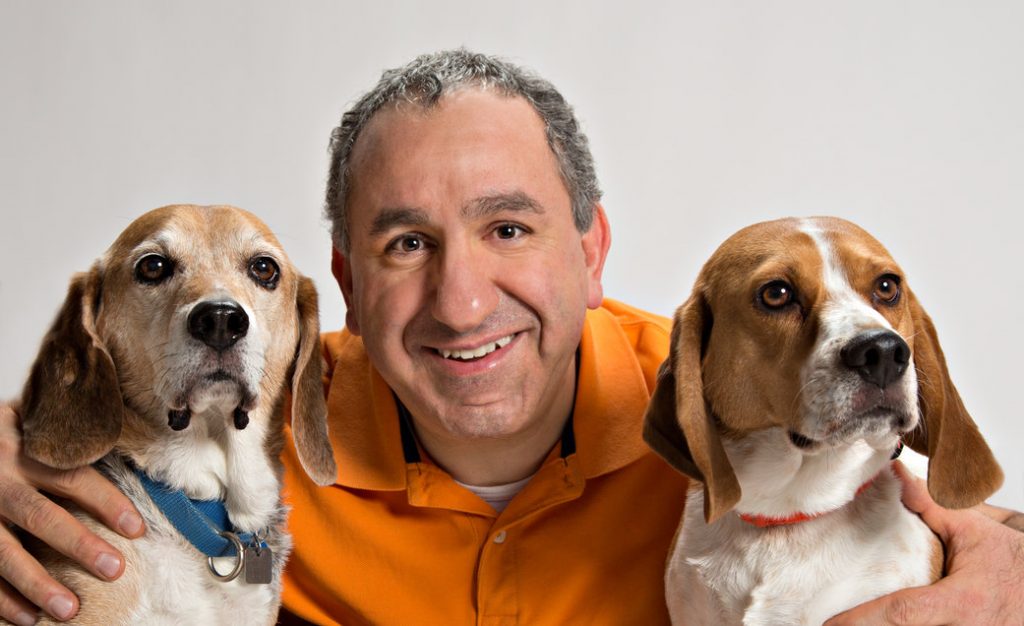
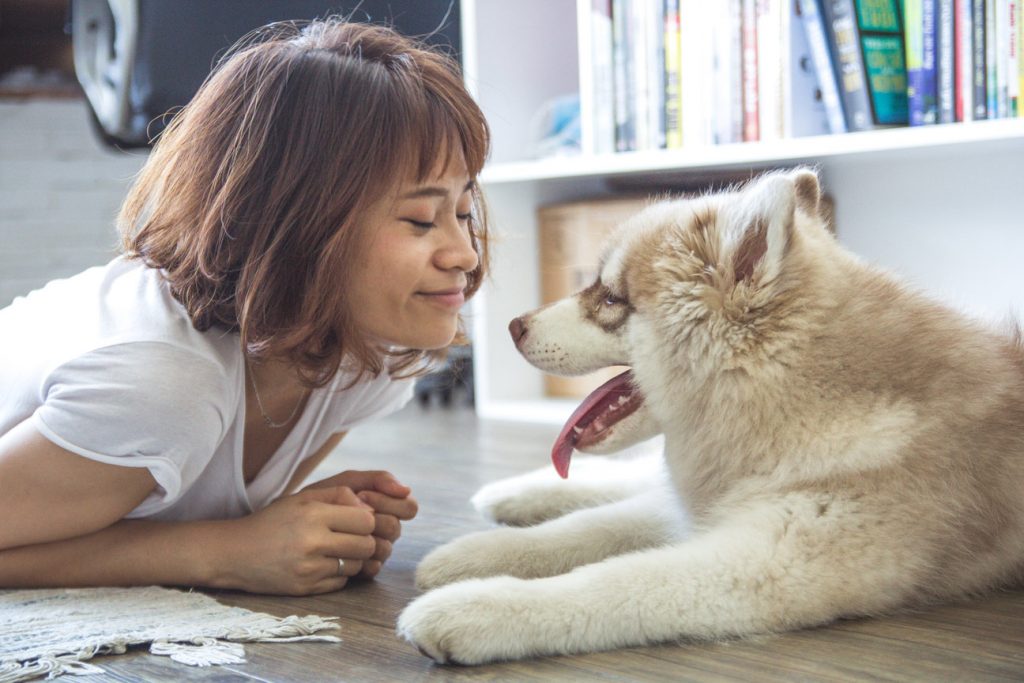

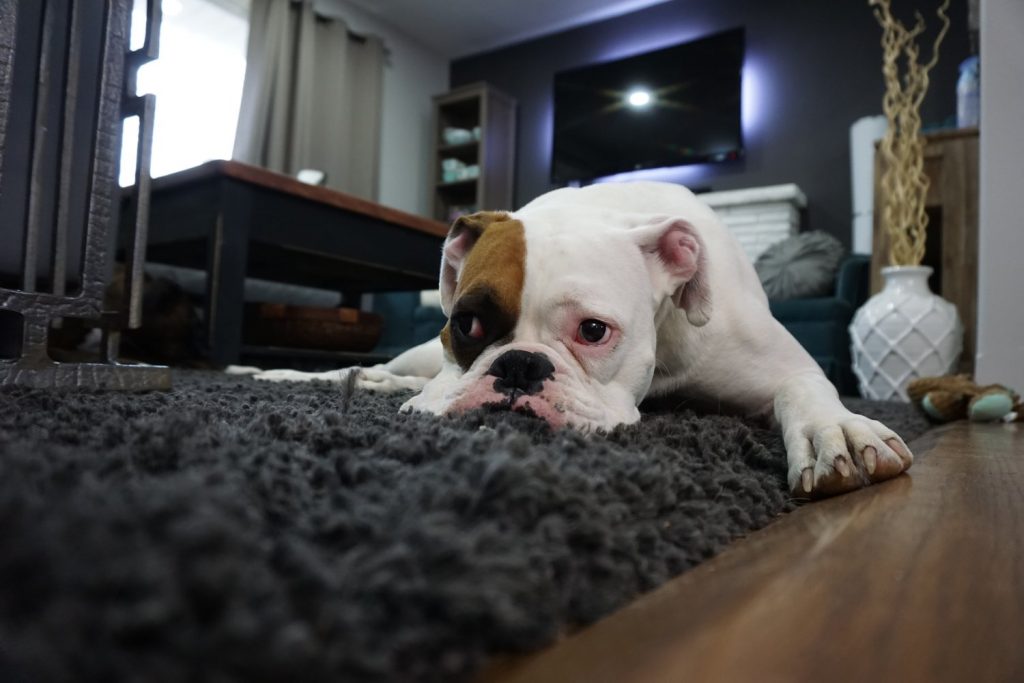
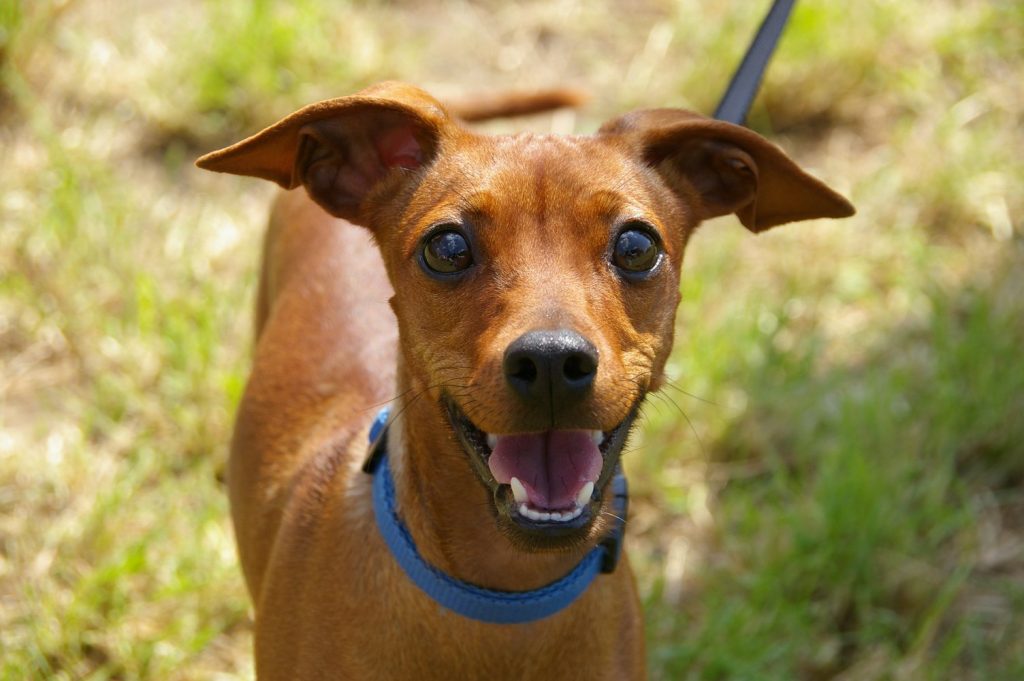
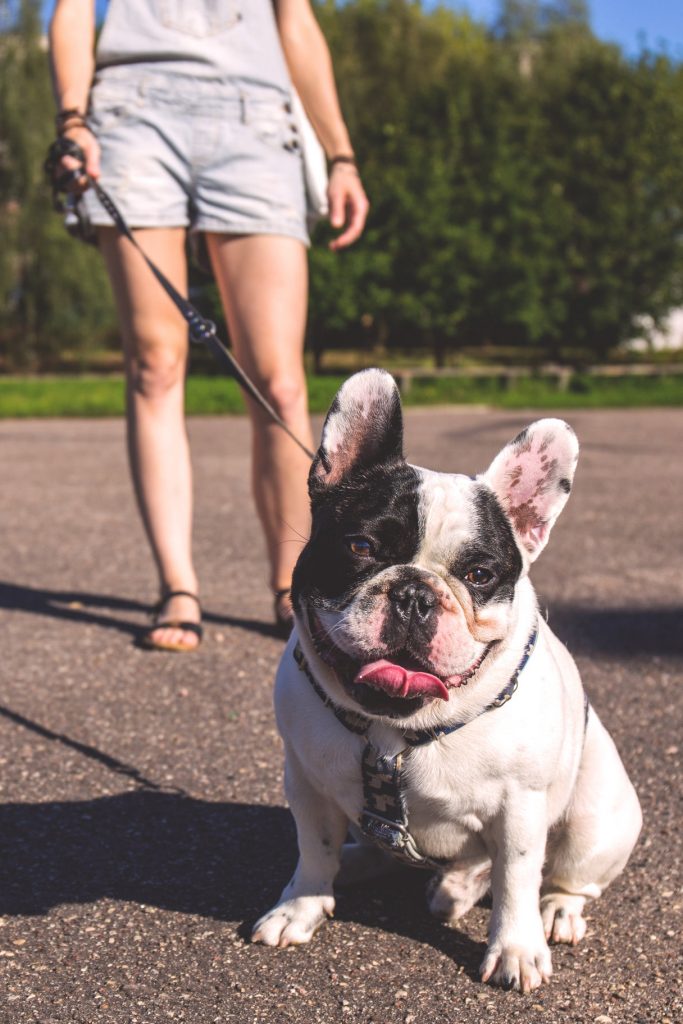
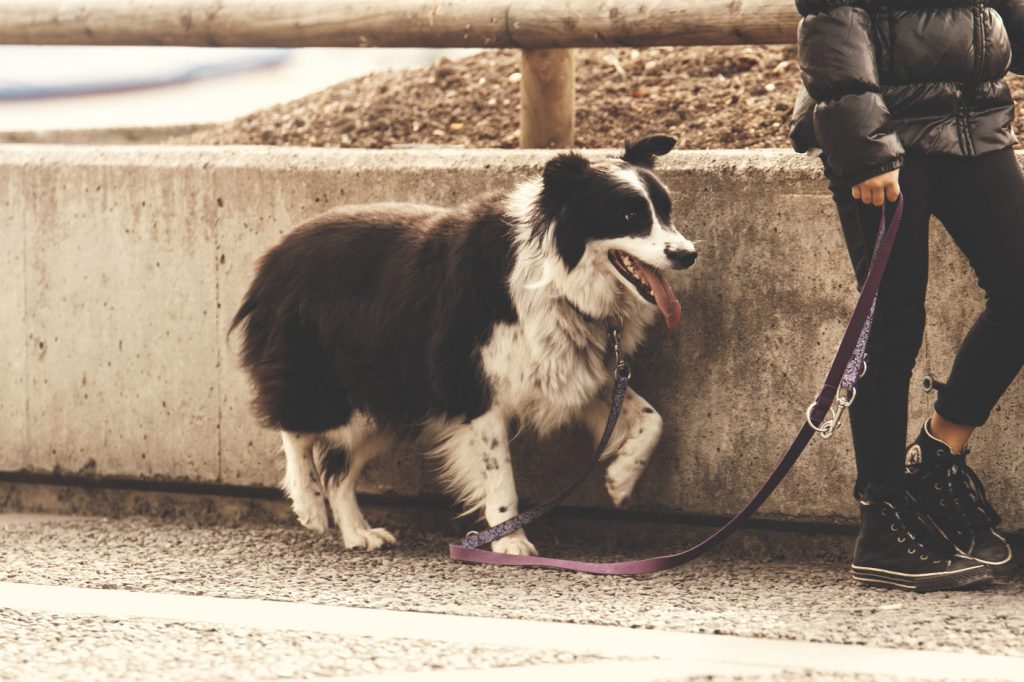
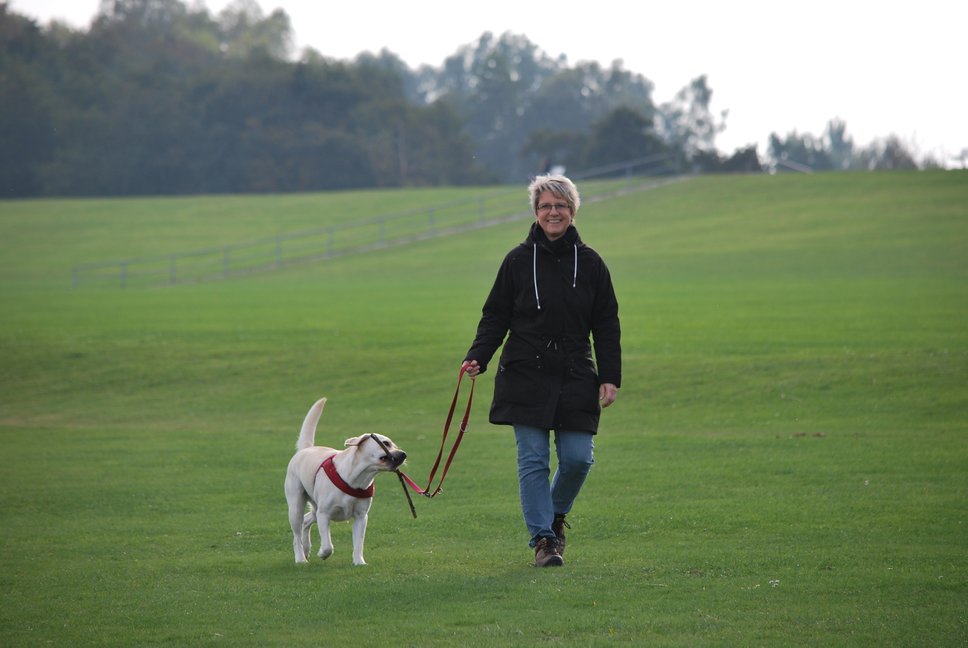
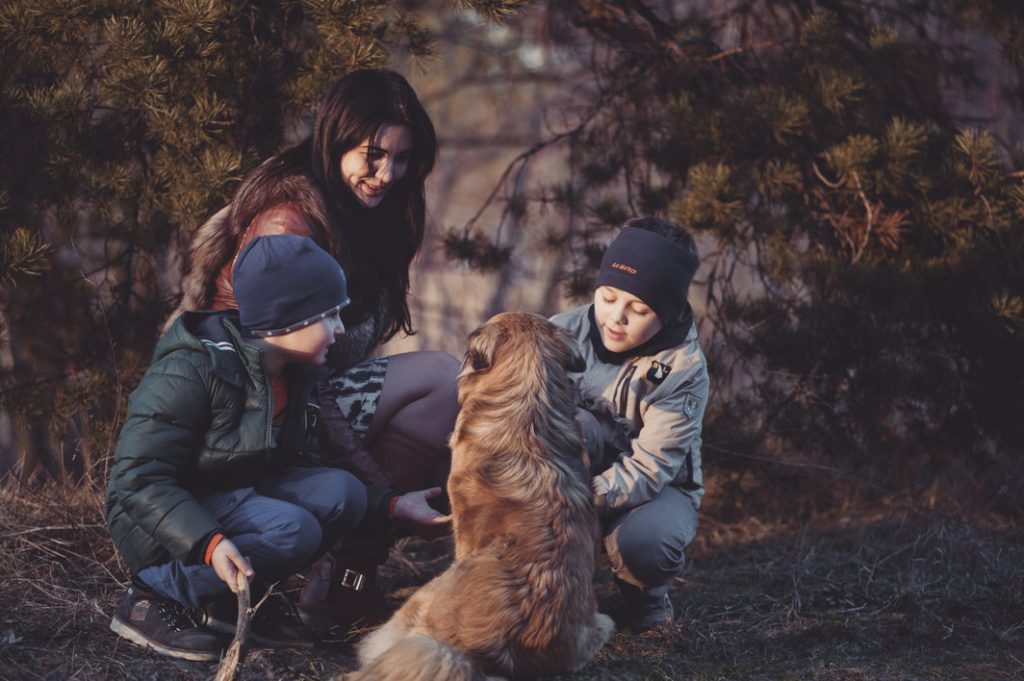

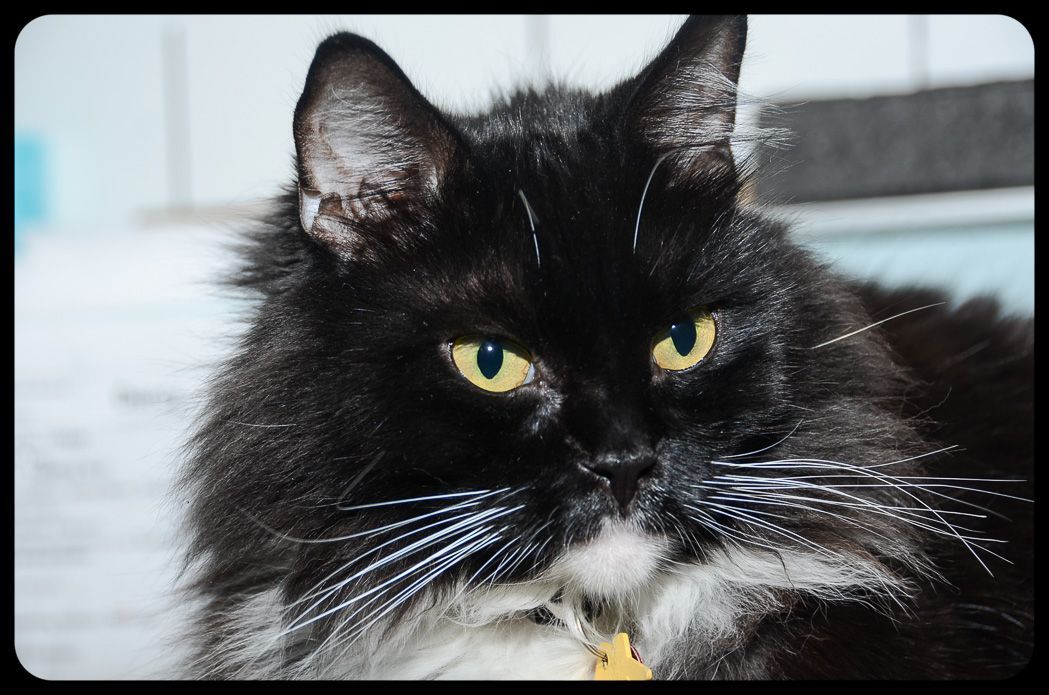


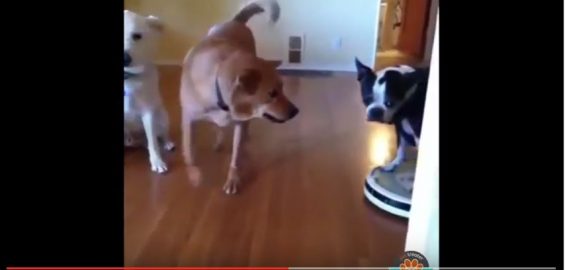
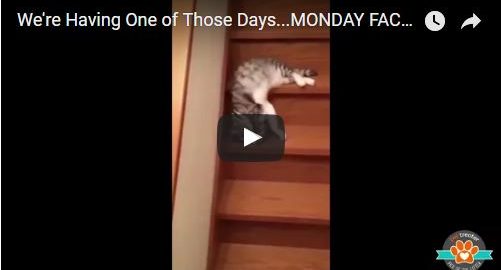
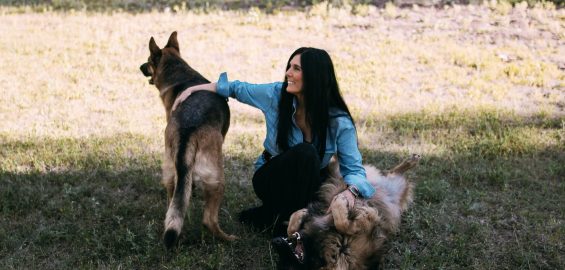
Join the discussion!
[fbcomments]